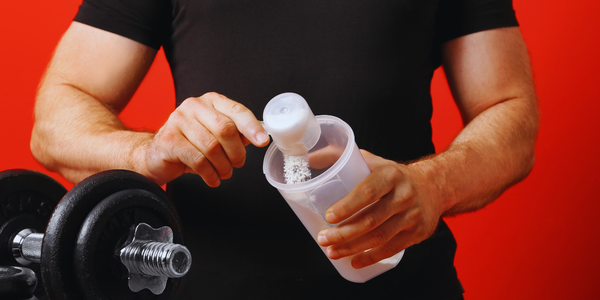Five Ways to Prevent and Combat Adult Acne
Adult acne is annoying and embarrassing. But don't let it demoralize you because there are ways to attack back.

Adult acne is very common. Of course, it’s embarrassing, annoying and painful in some cases. But there are ways to take on the acne and contain it from spreading or continuing. They are many causes for the acne such as stress, dieting, and dry skin.
As you grow older, your body changes and you just need to recognize the change.
Unlike your puberty years, the adult acne could be severe as the blots of large pimples grow over time and will last for weeks. Just don’t let it continue. You need to treat it right away so it won’t scar your skin. Here are some basic ways to attack the acne straight and keep it from returning to torture your skin any further.
Stay Away From the CarbsNow when talking about carbs that means any kind of junk, especially those associated with sugars. But you will need to find a more balanced approach to eating. You are allowed to have carbs but don’t rely on them. In fact, an Australian study in 2007 proved that people that followed a low-glycemic index diet had a 22 percent decrease in acne compared to those with a higher GI diet (such as bread and sugars). The thing with refined carbs is that it raises insulin levels and triggers hormones that affect the skin follicles as well oil production. So you should think twice when you buy your next bag of chips or box of cookies.
Cut Back on the Milk ProductsYes, dairy has an effect on your skin. It was proven by a Harvard study that people that ingest two or more glasses of milk daily are far more prone to have acne. That again is associated with the sugar content included in milk. The results aren’t solely subjected to milk but many dairy products such as cheese. There are a high amount of hormones that affect the skin's follicles. The best way around this is finding milk or dairy products that have one percent milk — or simply a nondairy alternative. The best option has been drinking almond milk or dairy products with less than 10 grams of sugar per serving.
Try Blue Light TherapyMany dermatologists suggest that you should engage in more blue light therapy. The light rays are very powerful and will kill off any acne-based bacteria. They are many levels of the therapy, depending on how severe your acne is. You will have some side-effects such as skin redness and tenderness. But those are temporary and worth the swirl if you want to shed those pimples. Another downside of using blue light therapy is the price. Most insurance plans don’t cover the therapy sessions and they will cost as much as $250 for a basic treatment. It could go as high north as $800 for photodynamic therapy if the skin is bad.
Integrate Tea Tree OilsStudies performed by the International Journal of Dermatology have proved the effectiveness of tea tree oils. They are many soaps, skin washes and topical solutions that integrate tea tree oils. “We’ve seen it work against a wide range of organisms, including 27 or the 32 strains of acne-causing bacteria,” dermatology expert Michael Murray told Prevention.com. The oil comes from tea trees based in Australia and has antiseptic properties that combat acne-causing bacteria. The best products that utilize the tea tree oils is Sunday Riley U.F.O. Ultra-Clarifying Face Oil and Dessert Essence Facial Blemish Stick-Anti-Bacterial with Tea Tree.
Search For Salicylic AcidThey are many over the counter cures for your irritated skin from pills to facial scrubs. But the main thing you need look any of these of products is the inclusion of salicylic acid. The chemical is included in many of the gels, wipes, creams, and sprays you will buy at your pharmacy. The acid simmers the swelling and redness associated with the pimples. It also unclogs pores so your skin can breath better and avoid becoming too dry. The one thing to remember when picking your product is to find ones that are geared to adult women. The best of the skin care products that use the acid is Murad Acne & Wrinkle Reducer. It infuses kombucha extract to stimulate collagen in the skin. See, the treatments for adult acne are much simpler than you expect. You won’t need to have surgery or anything invasive that will hurt your skin. The next step is to make sure you keep these approaches apart from your everyday personal hygiene. Your skin will thank you.
Image credit: Isabell Winter [Unsplash]
ActiveMan — Make Your Move
The Modern Guide to Men’s Health, Fitness & Lifestyle.





